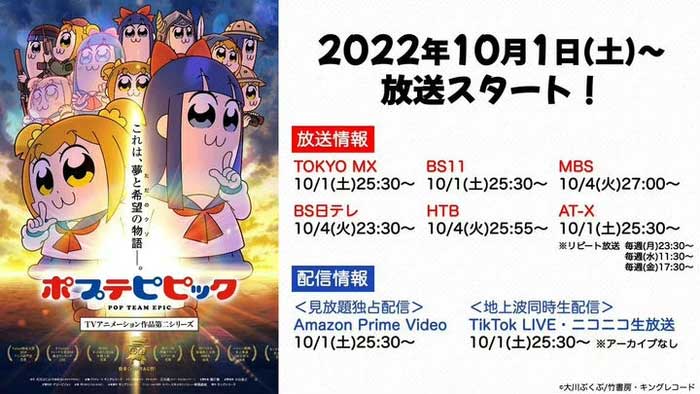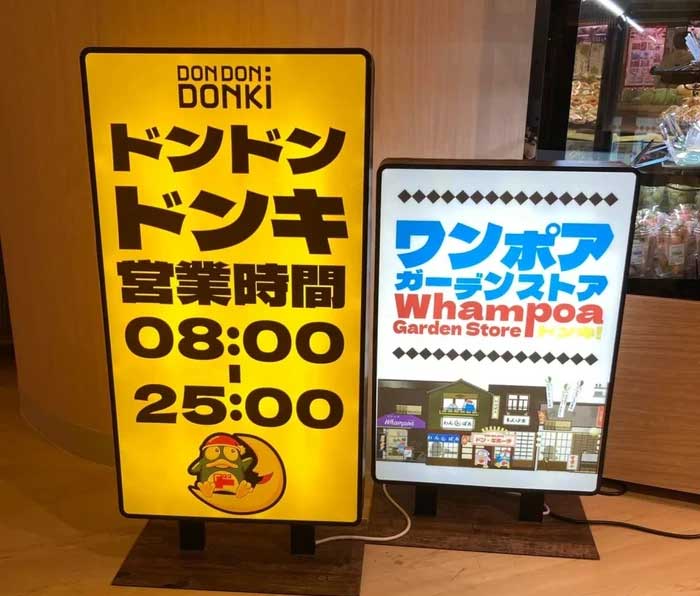If you are someone who often follows television shows or anime on Japanese TV, you may have noticed a rather peculiar rule: these programs display broadcast times that exceed the conventional 24-hour mark of a day.
For example, the airing time of a television show might show times like 25:30 or even 27:00. Do the Japanese live in a “different timeline” where a day lasts longer than 24 hours?

For late-night activities, they use a slightly different time system.
Actually, that’s not the case. The Japanese still experience a 24-hour day like everyone else in the world. However, for late-night activities such as television shows, bars, and clubs, they use a slightly different time system, which can be temporarily referred to as the 30-hour time system. According to this system, a day ends at 6 AM the next morning instead of 24 hours at midnight as usual.
This means that every time after 24:00 until 6:00 AM is converted into this time system at business establishments or late-night television programs. For example, 1 AM becomes 25:00, and 2:45 AM becomes 26:45.
Why the complexity, you ask? In fact, there’s nothing complicated about it. The reason they use such a peculiar time system is to ensure that service users do not get confused about operating hours and to avoid the need to specify AM/PM. For instance, a bar that opens late can simply state its hours as 22:00-26:00 instead of 10 PM to 2 AM, and customers will understand perfectly.
For example, the Dondon Donki chain in Japan lists its operating hours as 8:00 to 25:00, meaning it is open from 8 AM to 1 AM the next day. If they listed it as 8:00 to 1:00, customers might mistakenly think the store only opens until 1 PM.

The Dondon Donki chain in Japan lists its operating hours from 8:00 to 25:00.
The reason for this time system may partly be due to the perception that closing times are considered a continuation of the previous workday, and perhaps also due to cultural awareness that late-night or early morning hours are considered part of the previous day, rather than strictly dividing days at the midnight 24-hour mark. Television stations also frequently use this notation in their late-night broadcast schedules. Nevertheless, this time system is rarely used in everyday conversation.
An instance where it might be used in everyday communication is when night shift workers refer to their shifts to avoid confusion with day shifts. Another benefit is that it makes it easier to calculate working hours according to this time system. For example, a business that operates from 18:00 to 25:00 can easily be understood as being open for 7 hours. Meanwhile, if listed in the conventional way used in the world, one would have to do some addition and subtraction across the 24-hour mark, which takes a few seconds but can be a bit inconvenient if you’re busy.


















































